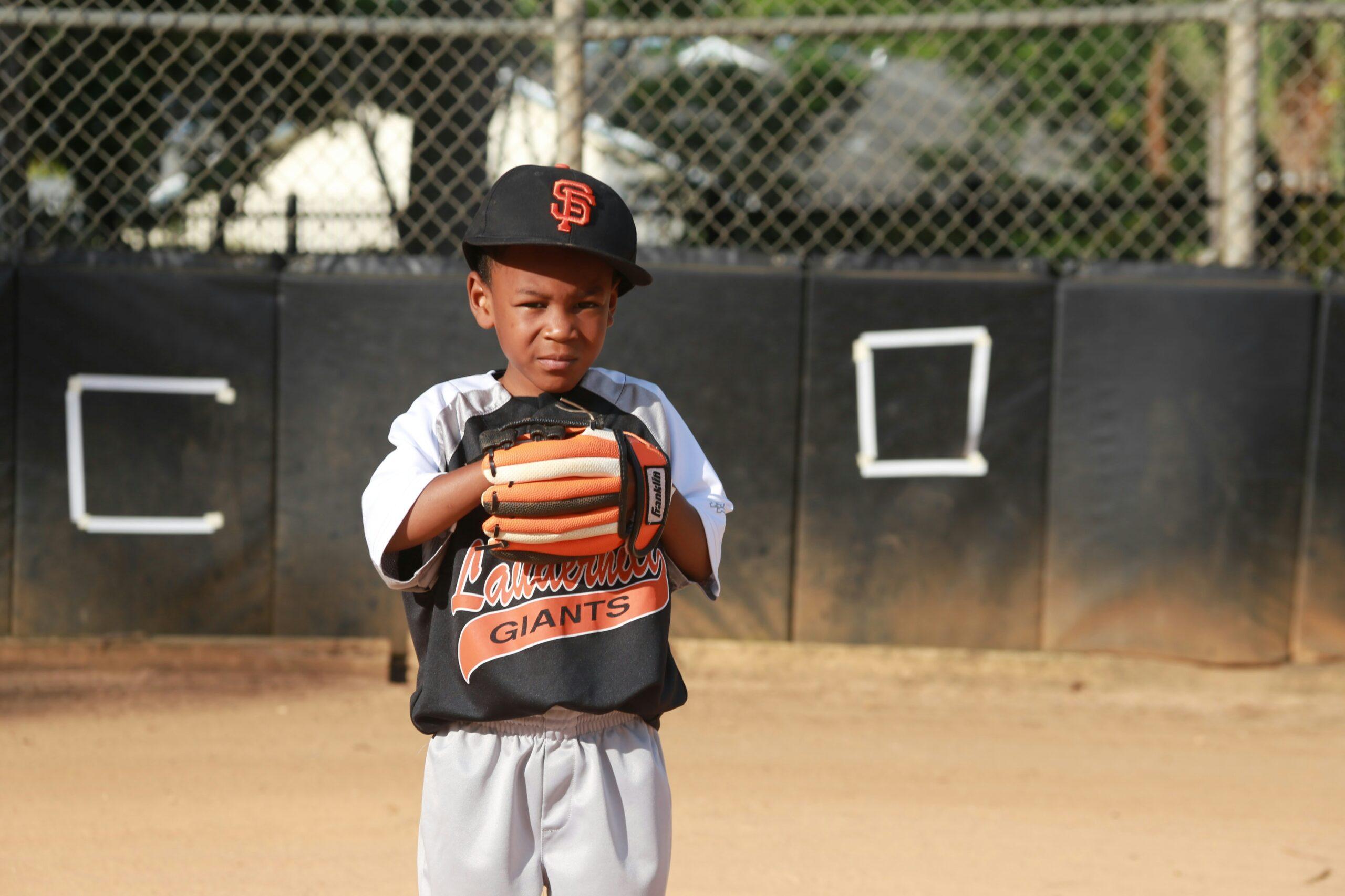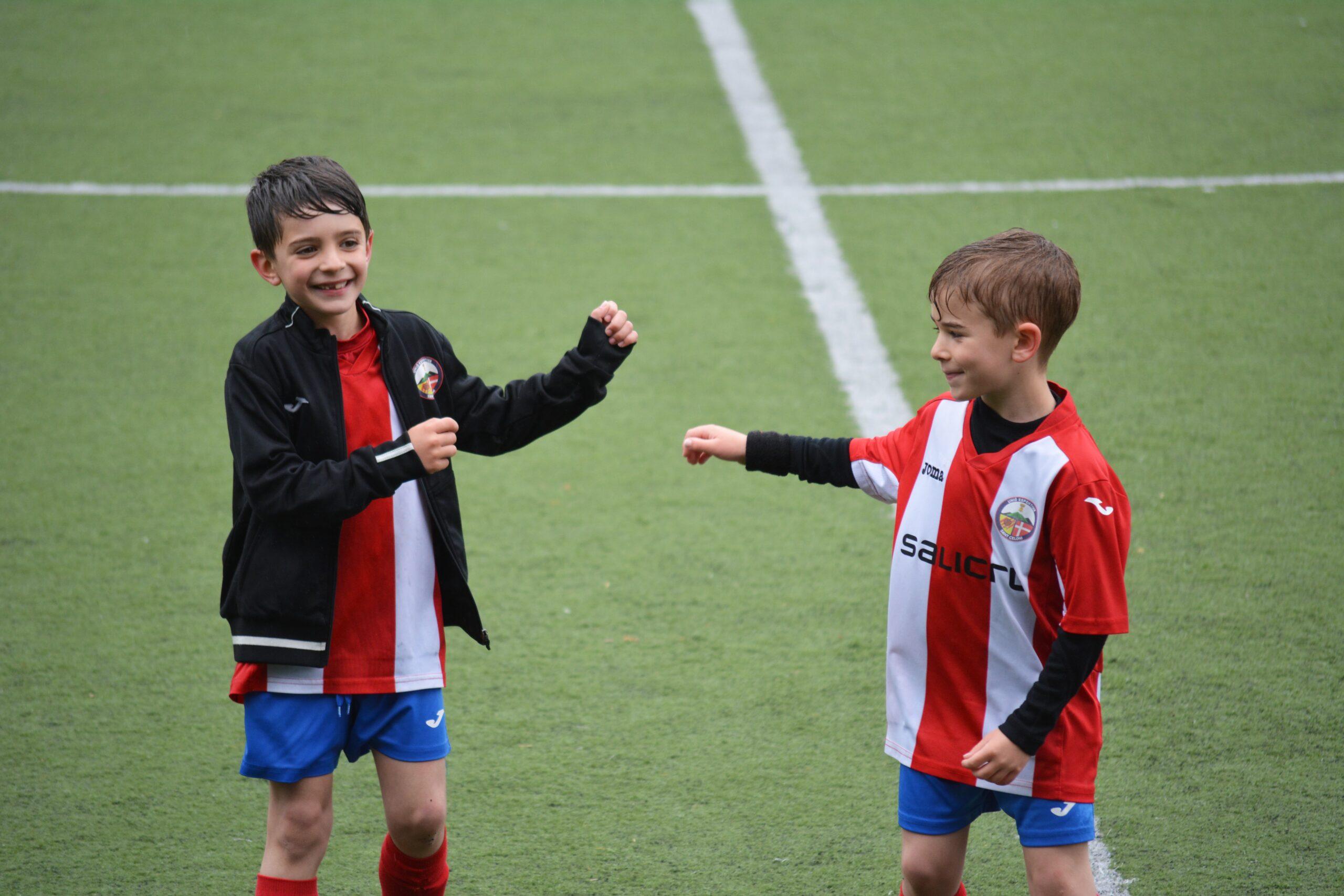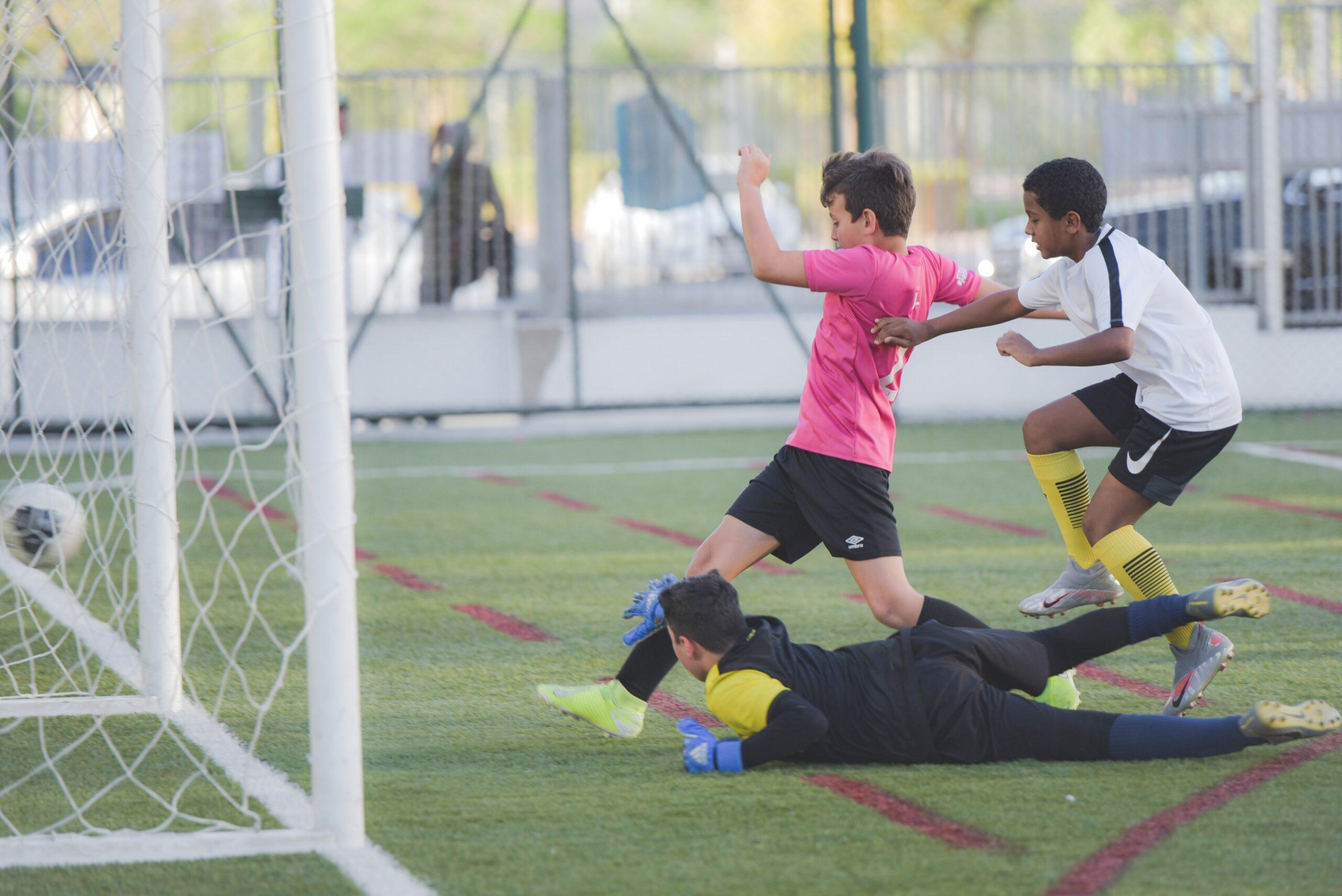You are sitting in your office and suddenly the phone rings. “Ms. Ramirez? Your son, Raoul, was injured during football practice. His knee may be badly hurt. He is going to County General. Please go to the emergency room right away.” You try to remain composed, but you can feel panic creeping through your body. With your breathing shallow and heart pounding, you drop everything and try to remember how to get to the hospital.
Treat Injuries With “RICE”
If your child receives a soft tissue injury, commonly known as a sprain or a strain, or a bone injury, the best immediate treatment is easy to remember: “RICE” (Rest, Ice, Compression and Elevation) the injury. Get professional treatment if any injury is severe. A severe injury means having an obvious fracture or dislocation of a joint, prolonged swelling, or prolonged or severe pain.
Exercise is Beneficial
Even though Raoul got hurt, his involvement in sports is important. Exercise may reduce his chances of obesity, which is becoming more common in children. It may also lessen his risk of diabetes, a disease that is sometimes associated with a lack of exercise and poor eating habits.
As a parent, it is important for you to ensure your children enjoy the sport, and not push him or her too hard into an activity that he or she may not like or be capable of doing. Sports also helps children build social skills and provides them with a general sense of well-being. Sports participation is an important part of learning how to build team skills.
Preventing Injuries
Childhood sports injuries like Raoul’s may be inevitable, but there are some things you can do to help prevent them:
- Enroll your child in organized sports through schools, community clubs and recreation areas where there may be adults who are certified athletic trainers (ATC). An ATC is also trained in the prevention, recognition and immediate care of athletic injuries.
- Make sure your child uses the proper protective gear for a particular sport. This may lessen the chances of being injured.
- Warm-up exercises, such as stretching and light jogging, can help minimize the chance of muscle strain or other soft tissue injury during sports. Warm-up exercises make the body’s tissues warmer and more flexible. Cooling down exercises loosen the body’s muscles that have tightened during exercise.
- Make warm-ups and cool-downs part of your child’s routine before and after sports participation.
And don’t forget to include sunscreen and a hat (when possible) to reduce the chance of sunburn, which is actually an injury to the skin. Sun protection may also decrease the chances of malignant melanoma— a potentially deadly skin cancer— or other skin cancers that can occur later in life. It is also very important that your child has access to water or a sports drink to stay properly hydrated while playing.
First Line of Defense
Raoul’s parents may not be able to protect him from all sports injuries, but they now know that they may be able to reduce his risk of injury by using preventive measures. They know how important it is to recognize which sports are more likely to cause injury than others. In addition, they check the condition of the athletic area where the sports are to be played. They make sure it is properly maintained.
Football
This popular sport “leads the pack” in the number of injuries, especially in boys, in organized sports.
- Common injuries and locations: bruises, sprains, strains, pulled muscles, soft tissue tears such as ligaments, broken bones, internal injuries (bruised or damaged organs), back injuries, sunburn. Knees and ankles are the most common injury sites.
- Safest playing with: helmets; mouth guard; shoulder pads; athletic supporters for males; chest/rib pads; forearm; elbow and thigh pads; shin guards; proper shoes; sunscreen; water.
- Prevention: Proper use of safety equipment, warm-up exercises, coaching and conditioning.
Basketball
This popular sport has the highest rate of knee injuries requiring surgery among girls.
- Common injuries and locations: sprains, strains, bruises, fractures, scrapes, dislocation, cuts, dental injuries. Ankles, knees (injury rates are higher in girls, especially for the anterior cruciate ligament, the wide ligament that limits rotation and forward movement of the shin bone), shoulder (rotator cuff strains and tears, where tendons at the end of muscles attach to the upper arm and shoulder bones).
- Safest playing with: eye protection, elbow and knee pads, mouth guards, athletic supporters for males, proper shoes, water. If playing outdoors, add a hat and sunscreen.
- Prevention: strength training (particularly knees and shoulder), aerobics (exercises that develop the strength and endurance of heart and lungs), warm-up exercises, proper coaching and use of safety equipment.
Baseball and Softball
- Common injuries: soft tissue strains, impact injuries that include fractures due to sliding and being hit by a ball, sunburn.
- Safest playing with: batting helmet, shin guard, elbow guards, athletic supporters for males, mouth guard, sunscreen cleats, hat, breakaway bases.
- Prevention: proper conditioning and warmups.
Soccer
This sport has dramatically increased in popularity in the past two decades in the U.S.
- Common injuries: bruises, cuts and scrapes, headaches, sunburn.
- Safest playing with: shin guards, athletic supporters for males, cleats, sunscreen, water.
- Prevention: aerobic conditioning and warmups, and proper training in “heading” the ball. (“Heading” is using the head to strike or make a play with the ball.)
Gymnastics
- Common injuries: sprains and strains of soft tissues.
- Safest playing with: athletic supporters for males, safety
- harness, joint supporters (such as neoprene wraps), water.
- Prevention: proper conditioning and warm-ups.
Track and Field
Competing at running, walking, jumping, throwing or pushing events.
- Common injuries: strains, sprains, scrapes from falls.
- Safest playing with: proper shoes, athletic supporters for males, sunscreen, water.
- Prevention: proper conditioning and coaching.
Key Points for Preventing Sports Injuries
- Be in proper physical condition to play the sport.
- Know and abide by the rules of the sport.
- Wear appropriate protective gear (for example, shin guards for soccer, a hard-shell helmet when facing a baseball or softball pitcher, a helmet and body padding for ice hockey).
- Know how to use athletic equipment.
- Always warm up before playing.
- Avoid playing when very tired or in pain.
- Get a pre-season physical examination.
- Make sure there is adequate water or other liquids to maintain proper hydration.




